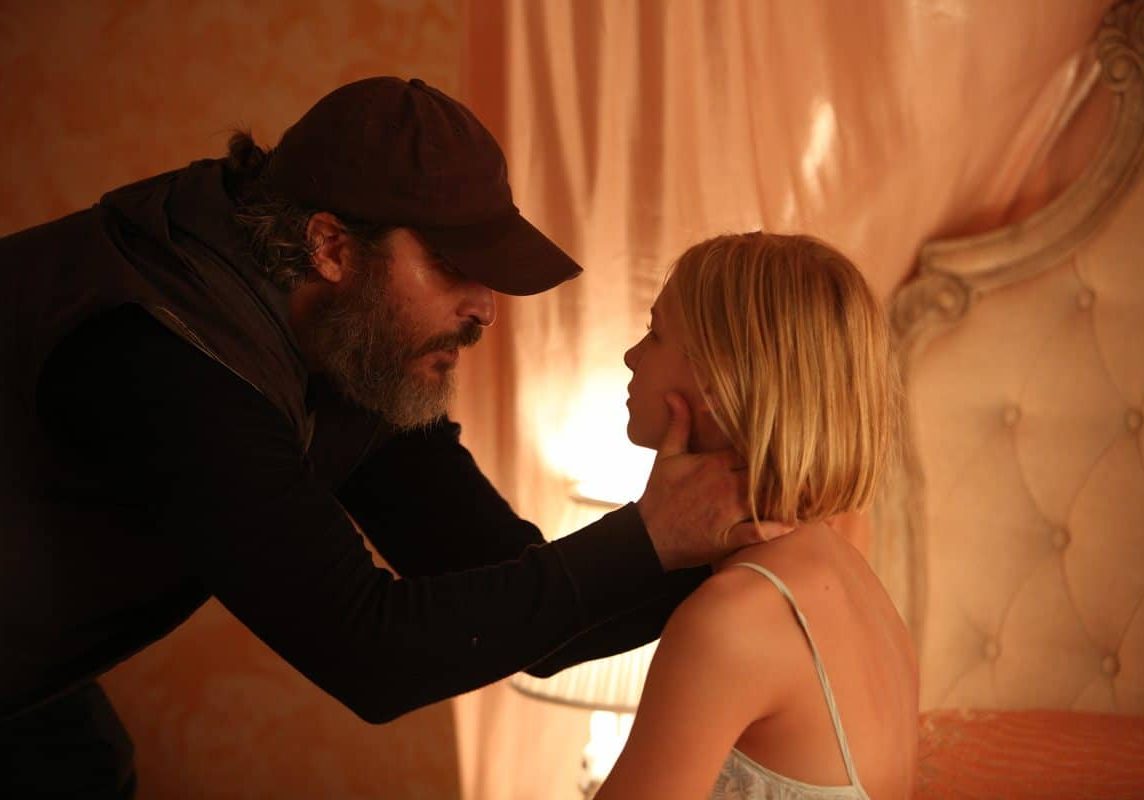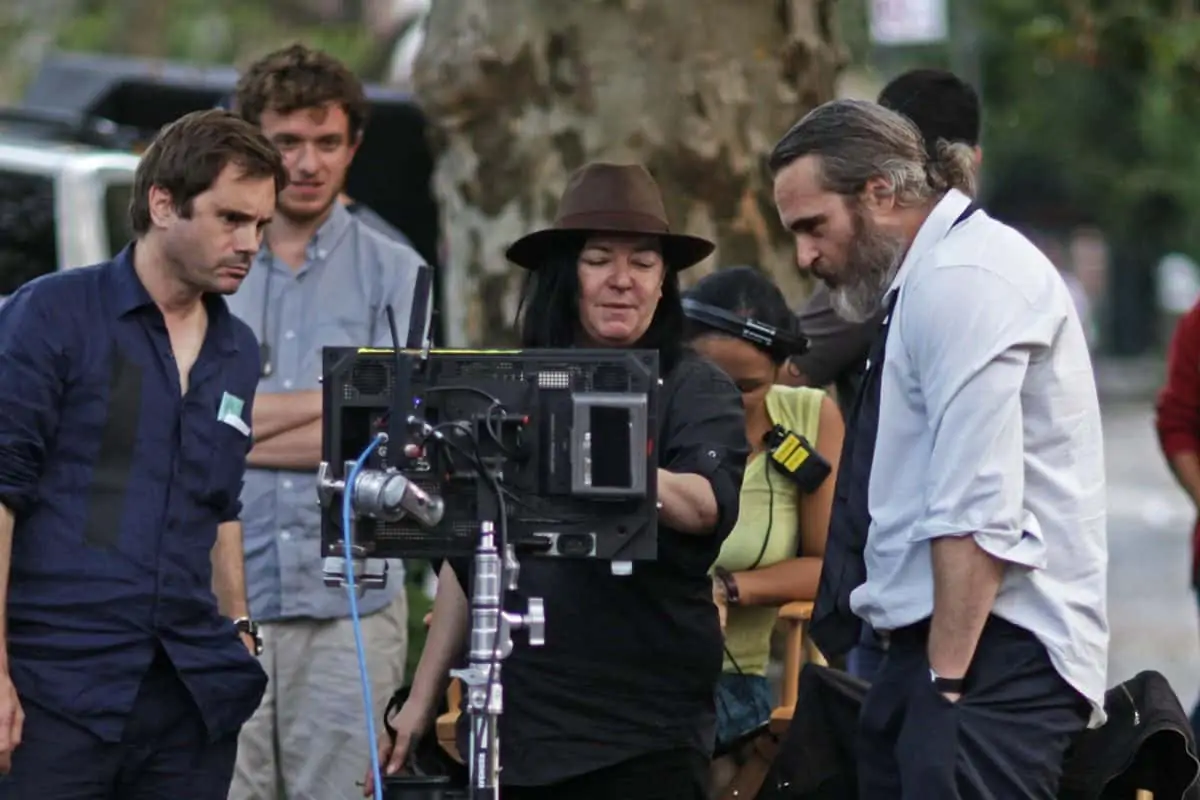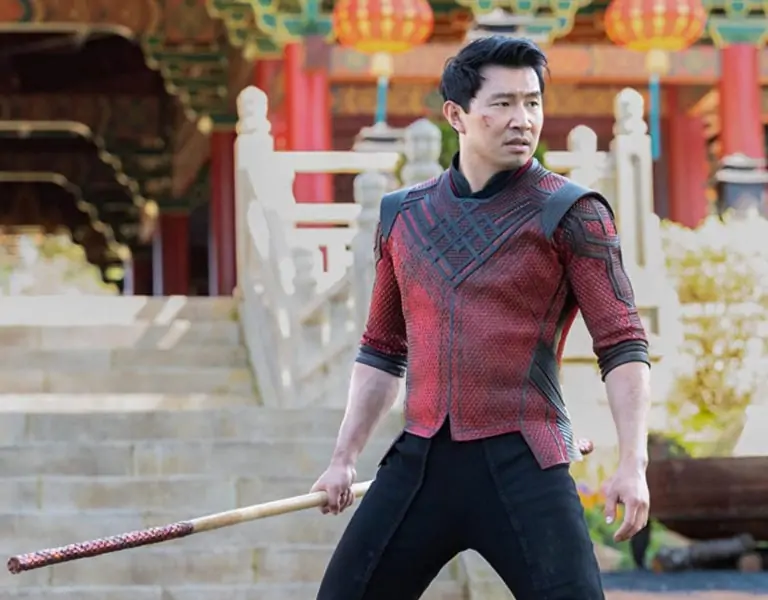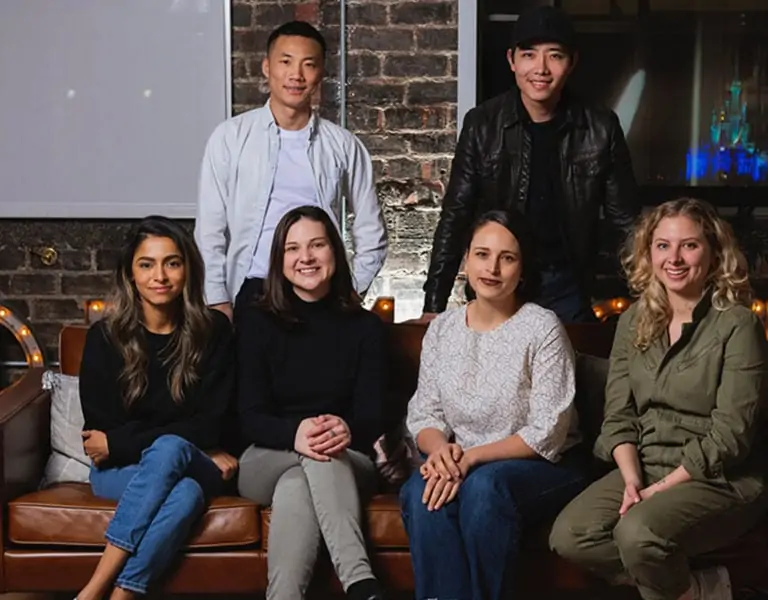Out of Control
Tom Townend / You Were Never Really Here

Out of Control
Tom Townend / You Were Never Really Here
BY: Ron Prince
Joe, a traumatized war veteran and former FBI agent with post-traumatic stress disorder and an addiction to painkillers, tracks down missing girls for a living. But, when a conspiracy is uncovered and the job spins out-of-control, his nightmares overtake him, leading to what may prove his death ride or his awakening.
Directed by Lynne Ramsay and shot by cinematographer Tom Townend, a 2005 graduate of the NFTS, the $10m feature You Were Never Really Here, stars Joaquin Phoenix, Ekaterina Samsonov, Alex Manette, John Doman and Judith Roberts. It was adapted for the screen by Ramsay from the novella of the same name by Jonathan Ames.
An unfinished cut of the production premiered at the 70th Cannes Film Festival (2017) – where it received a seven-minute standing ovation, Ramsay won the Best Screenplay award, and Phoenix was awarded the gong for Best Actor. You Were Never Really Here has since been lauded by the critics as a masterclass in filmmaking, with Townend’s work hailed as both beautiful and beguiling in picking out faces from the crowd, capturing the seedy side of the New York metropolis at night, and its clever shift into B&W CCTV footage to portray a particularly savage episode when Joe runs amok through a residence where a girl is held captive.
Principal photography took place during August 2016, in and around the suburbs of New York’s five boroughs, concluding 29 days later, due to Phoenix’s availability.
“I have known Lynne for over 20 years,” says Townend. “I initially offered to work on her NFTS graduation film, long before I ever went there myself, and subsequently worked on three of her four preceding films in different capacities – Ratcatcher (1999, DP Alwin Kuchler BSC), Morvern Callar (2002, DP Alwin Kuchler BSC) and We Need To Talk About Kevin (2011, DP Seamus McGarvey). We kept in touch over the years, and she sent me Jonathan Ames’ novella about four years ago, asking for my opinion, although not with a view to me shooting it.
“As it turned out, the project came together incredibly quickly, because of the sudden availability of Joaquin, who Lynne always fancied in the lead role. She called me, explaining that it was to be shot at multiple locations in New York, that prep was to start in a month, and asking if I was available. I asked her if 35mm Anamorphic sounded suitable? To which she said ‘yes’, and the next thing I knew I was on a plane to begin prep. There was not much gestation, it just sort of happened and we hit the ground running.”

Although Townend had initially suggested shooting on 35mm, when it came to it, the lack of a film lab in New York at that time, plus tax-incentive penalties if exposed negative were sent for processing abroad, to Toronto, meant that the decision was made to switch production to digital.
“I was disappointed, and Lynne was apoplectic,” remarks Townend. “But I shot some tests to show her what we could achieve digitally and we went from there.”
For the production, Townend selected ARRI Alexa, capturing in ARRIRAW, using what he calls a “harlequin” set of C and E-series Panavision Anamorphic lenses, offering nice diffusion around the highlights, supplied by Panavision NY, plus a 200mm Macro.
“Lynne has an affection for the occasional Macro shot,” he says. “The lenses were pretty much off-the-shelf, and I only chose glass that I knew we would actually use, with nothing left unemployed in flight cases. I felt Anamorphic really suited the character study aspect of the narrative, whilst also giving extra space in frame to include the city. It tickled me that we could be on a corner in Queens and see the Manhattan cityscape in the background.”
He notes: “I was not interested in the trend of chasing Anamorphic lens flares, and I don’t like the craze of shooting wide-open. You can easily adjust the Alexa’s ISO to compensate and shoot day exteriors at T4 or T5.6. At night, I had no compunction in bumping-up the ISO to 1,200 or 1,600 to keep at those apertures.”

"The camera movement was limited to give the actors as much freedom as possible to perform without the distraction of the camera. I felt Joaquin particularly responded to having this liberation."
- Tom Townend
As for creative references, Townend says, “Lynne resists the temptation to discuss the cinematography in minute detail, and her eyes roll back when you start talking about references to other films. But one thing she picked up on, and had images pinned on her office wall, were stills by the French photographer Antoine d’Agata. The images were all rather filthy and disturbing shots of prostitutes in South East Asia, realised in a sort of Francis Bacon-meets-Lucien Freud style. They use a long-shutter technique, of which there’s no equivalent in cinematography, but they have an attitude that I did emulate to a degree with my lighting.
“I suppose if there was a prevailing style of cinematography that informed the look of You Were Never Really Here, it would probably be from naturalistic-looking films of the 1970s, like Klute (1971) and Taxi Driver (1976), although I would never have the temerity to make the comparisons to the respective work of Gordon Willis ASC or Michael Chapman ASC.”
For the murderous CCTV sequence, Townend says the inspiration came from the script. “There were constant references to CCTV cameras, and in working out a practical solution to what was a fairly traditional action sequence, we decided to use that look directly. The prosumer cams that were brought in came with the interesting wrinkle of being able to shoot in infrared. This had the fun by-product of changing Joaquin’s black clothing to white, which audiences can read into what they will. The look of impartial observation that you get makes the violence appear much stronger than it actually is.”
You Were Never Really Here was planned and executed mainly as a single-camera shoot, with the camera either rooted on the tripod or fixed on the dolly, and only has a brace of handheld or Steadicam shots in the entire movie.
“Lynne is not one for coverage, and is deliberate in her approach,” says Townend. “She typically shoots a wide and a close-up as required for editorial, and not much else. The camera movement was limited too, as she was keen to give the actors as much freedom as possible to perform without the distraction of the camera. I felt Joaquin particularly responded to having this liberation. My camera operator, Michael Fuchs, got it immediately, and was never phased that there could often be some quite big performance differences between separate takes.”


Along with Fuchs, Townend’s local crew included Alex Wooster as A-camera first assistant, gaffer Gavin Curran, with William M. Weberg as key grip, who he describes as, “all great and very enthusiastic.” To help with the budget, Townend elected to not have a DIT on the shoot, as he was happy with the look of the images being processed by Light Iron NY, and would carefully monitor the pictures himself on-set.
As for lighting, Townend says, “We tried our best to make this production look as though it was lit practically, and we actively embraced the grubby look of the city. There were no scenes that needed large-scale illumination. The key challenge was about using indirect lighting, as there was often not a lot of space in and around our building locations.
“Our shoot took place before the tipping point of the SkyPanel’s ubiquity on-set, so I had a traditional lighting package consisting of 18 to 1.2K HMIs, along with 10, 5, 2 and 1K Tungstens, a small set of Kinoflos, and a magnetic LED tube with preset light levels, made by Quasar, which was incredibly useful and I used it a lot.”
Day-to-day, Townend mainly shoots commercials, where the visuals are often storyboarded and the images and lighting are frequently scrutinised in minute detail on-set before capture. But this was a rather different kettle of fish.
“We shot You Were Never Really Here more like a documentary,” he explains. “There wasn’t the time to get too precious about it, and that was really refreshing. We were pretty mobile, as the complete lighting and camera package went into two trucks. Lynne studied cinematography at film school, and is cognisant of your challenges as a cinematographer. It was helpful that she accepted my decisions, especially concerning the daylight exterior placement of the camera. She and I would typically work out rudimentary shot lists every evening, but something might happen, like a sudden change of location, and I can’t tell you if we ever fulfilled those the following day. That was the nature of things, and it kept us on our toes.”
Asked if he’d like to shoot more long form narratives, he concludes, “It’s very, very tempting!”









